Picton Dawn Chorus went from a few passionate residents with a dream to deploying a network of 4,000 traps covering land equivalent to nearly five thousand rugby fields. How did they do it, and what’s next?
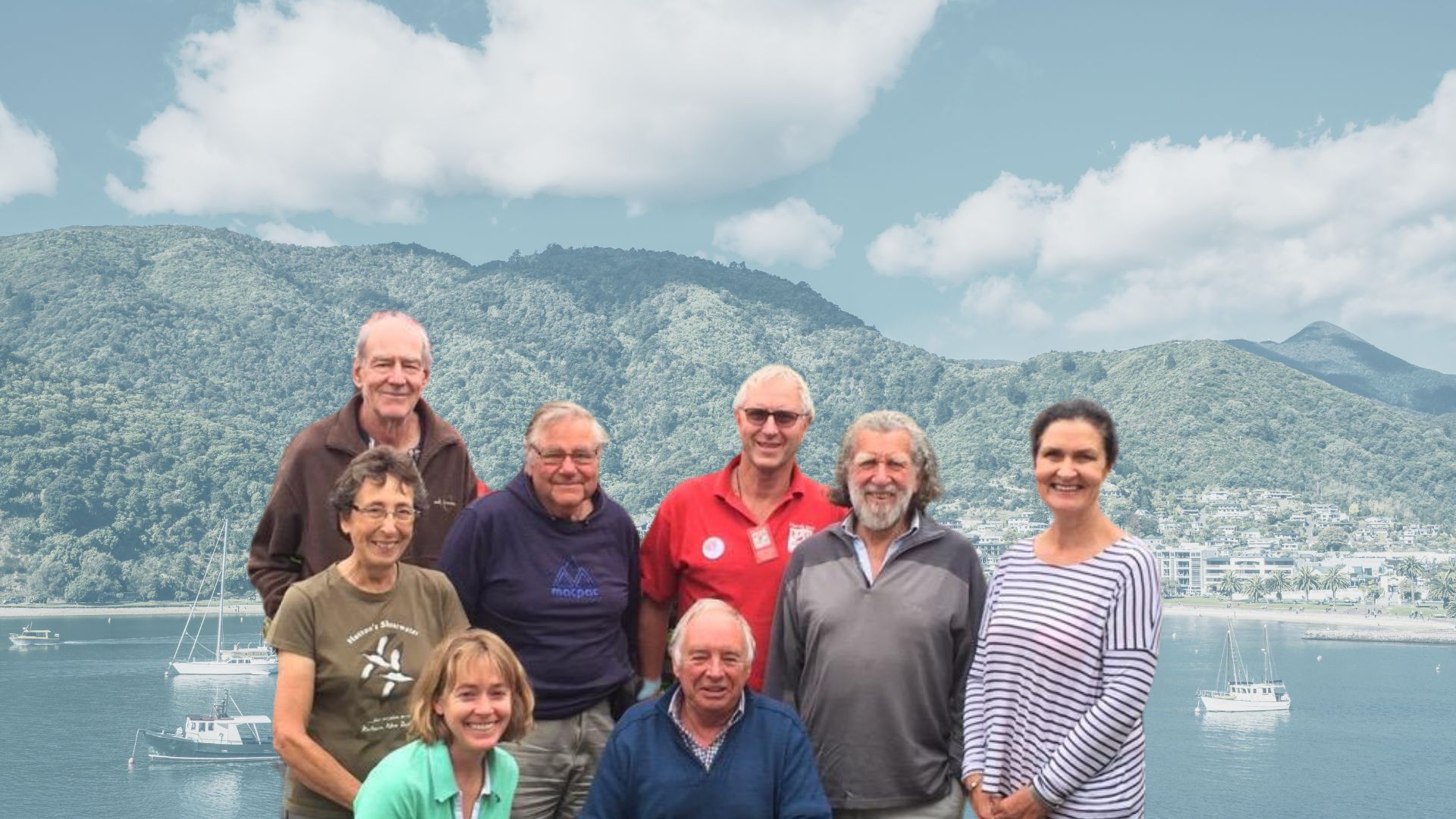
What’s the lowdown with Picton Dawn Chorus?
Picton Dawn Chorus was started by a group of six passionate residents who wanted to provide a ‘halo’ of protection to Kaipūpū Sanctuary, a predator free reserve in Picton Harbour.
The ‘urban’ or ‘backyard’ area covers 401 hectares of this, so buy-in from our community was absolutely necessary. We have a dedicated coordinator who works with households teaching them about effective urban trapping. With the ongoing help of Predator Free New Zealand Trust and their community fund, we are close to our goal of having a trap in a quarter of all the backyards in our project area.
What kind of challenges have you faced, and how have you conquered them?
Funding has been one of our biggest ongoing challenges.
In 2018, we started building our own trap boxes. After receiving a ton of enquiries from other groups, we decided to set up the Dawn Chorus Trapping Enterprise, selling trap boxes to others around the country. This has become a major source of income for our project.
We also have a shared shop and office space at the Picton Environment Centre. Along with Kaipūpū Sanctuary and Envirohub Marlborough, we sell products, and the profits go back to our charities.
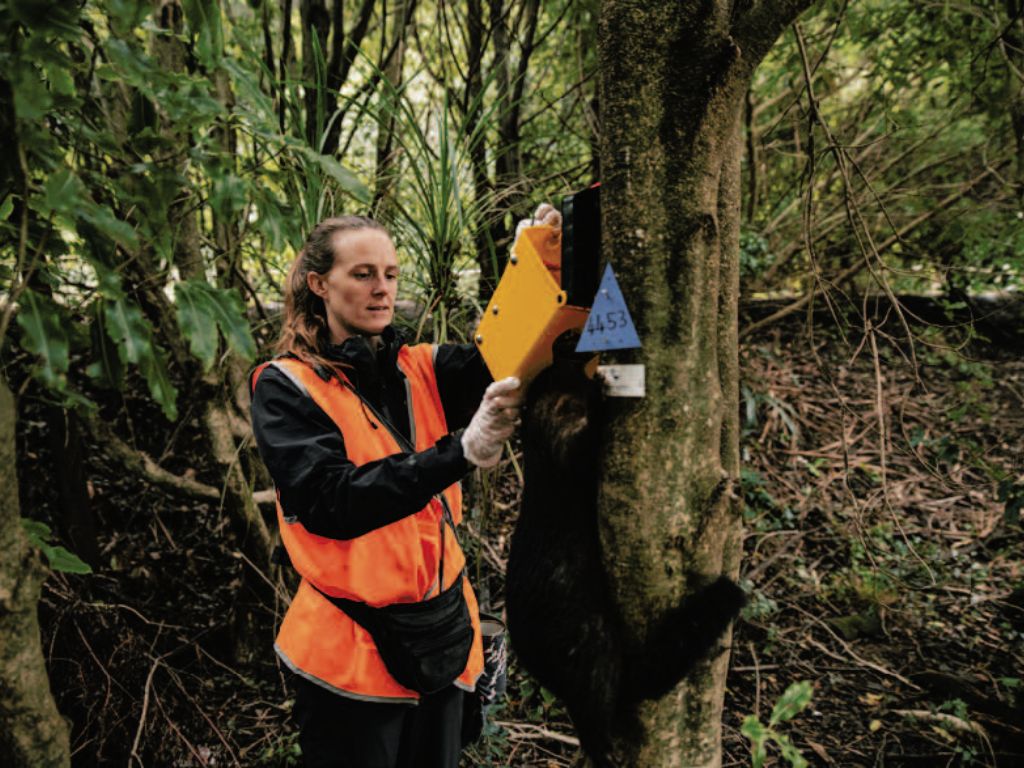
What epic achievements or successes come to mind over the last eight years?
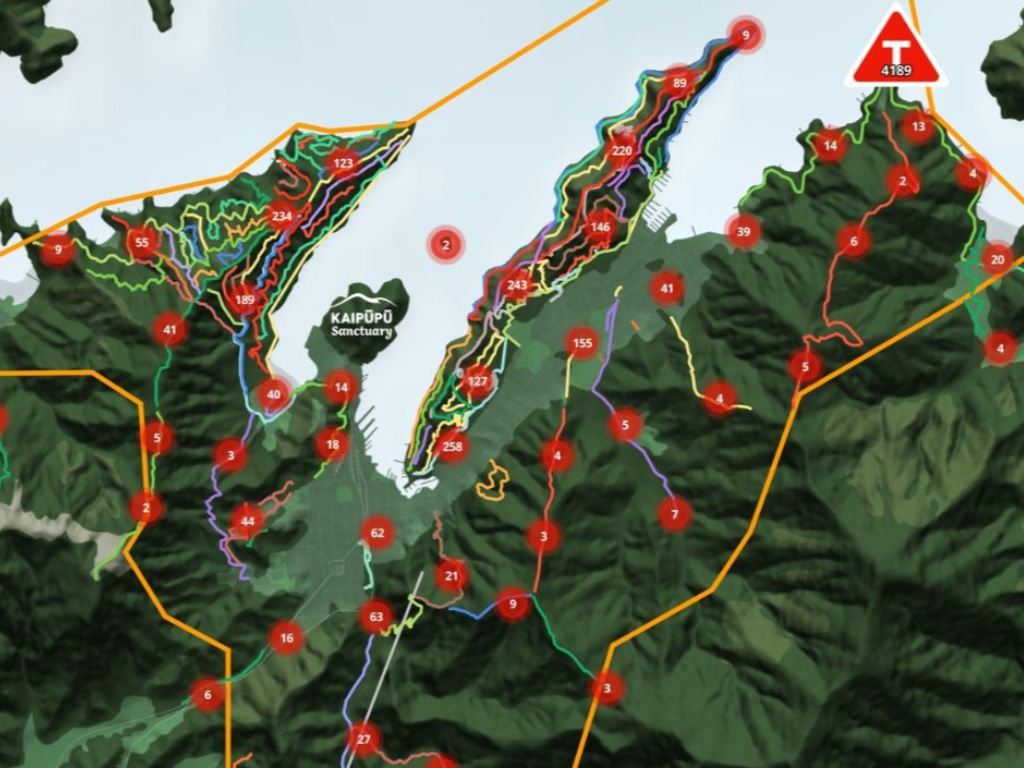
In the last eight years, our growth has been exponential. We initially intended to provide a second line of defence to Kaipūpū Sanctuary. In 2017, we established two traplines over 400ha of community land and now have over 4,000 traps across 4,815ha.
Away from the field, we incorporated, established a governance board, and employed staff with help from Jobs for Nature funding. This year we merged our society with the Kaipūpū Mainland Island Society. Shout out to the Rātā Foundation for their help in many of these processes.
The epic part is that this has mostly been achieved by volunteers! After eight years, those on our board, in our working groups, in the field, and at our working bees are still as enthusiastic as ever. It is amazing to be a part of it.
How have you gotten people to care and get involved?
For this grand-scale volunteer project to work, we needed buy-in from our community. In the early days, we held some public meetings to gauge the interest, and with a solid, enthusiastic group established, we started planning.
These days, we are far more than a community trapping project. We have over 165 active volunteers! We offer our community a wide variety of projects to be involved in, including our nursery, native planting, maintenance, guided walks, education, trap building and cruise ship markets.
One of our local primary schools recently gave us a wonderful opportunity to connect with our community. They have their own trapline, which they check three times a week.
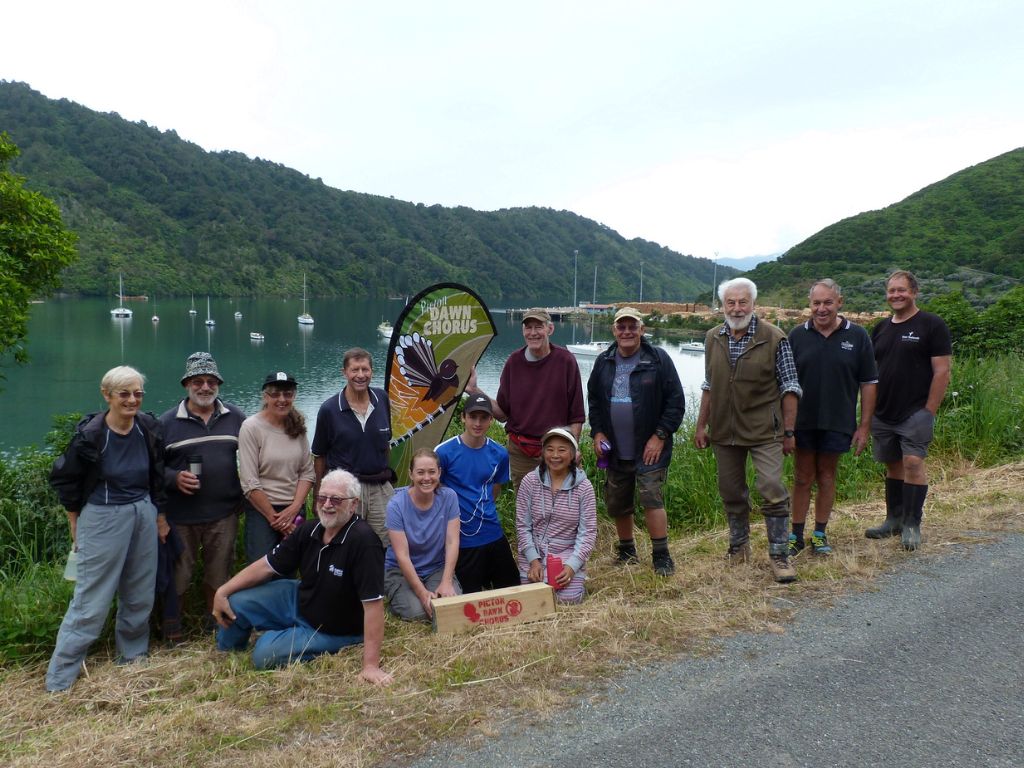
The students, along with their teacher, approached us with the idea of holding a community trapping demonstration. The students set up and ran the demonstration for their friends and family, showing the skills they had learned throughout the year.
Any interested people then came and collected their traps for a koha from the team at Picton Dawn Chorus, who were there on the day to support the school.
The afternoon was a total success, and we gained a fantastic number of new backyard trappers.
How have collaborations or partnerships with local organisations or businesses helped you succeed?
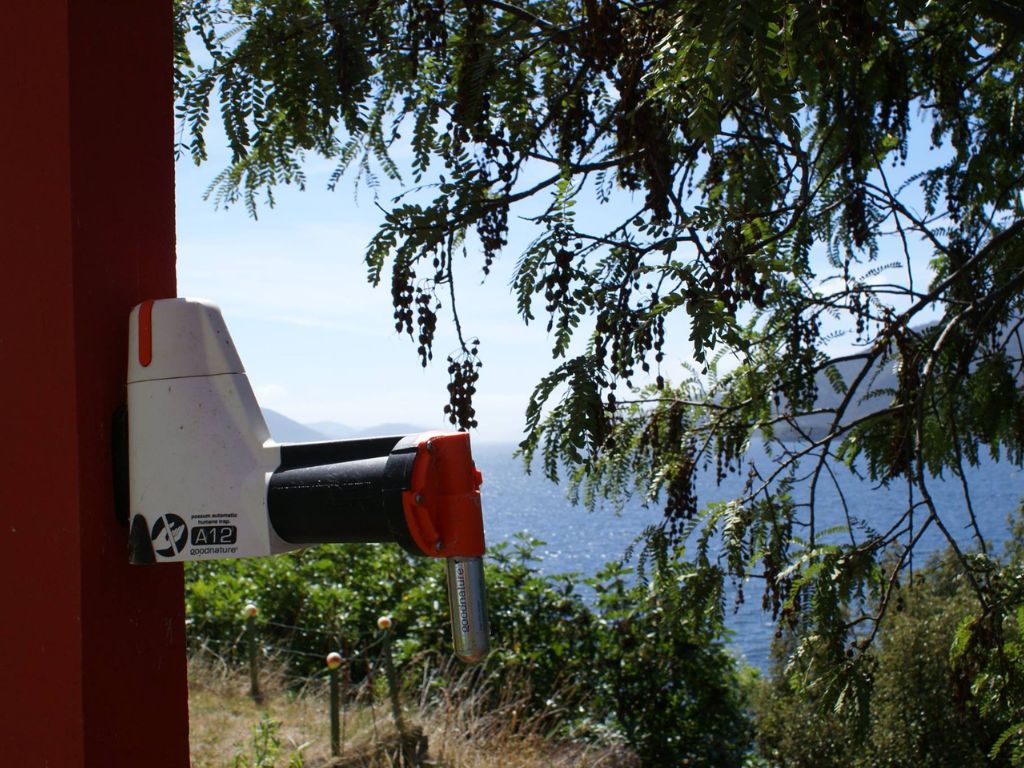
Having been close collaborators with Kaipūpū Sanctuary for seven years, we recently took the steps to merge our two organisations. We believe that by sharing our staff, knowledge, and volunteers, we will be more effective and efficient.
We are also well supported by many local businesses and organisations. Rodger Jones from Bayleys Realty donates the use of a large double garage to our trapping enterprise, and Port Marlborough donates our shop and office space.
Let’s talk results – what biodiversity outcomes have you seen since Picton Dawn Chorus started?
Across Kaipūpū Sanctuary and Picton Dawn Chorus, we conduct regular monitoring. Our possum monitoring carried out in the surrounding hills of Picton gave a wax tag index of 10%, which is less than our required targets.
Our tracking index for rats is below target for the most part, with some additional work being required on a problem section. Kaipūpū Sanctuary itself continues to be free from rats, stoats and possums.
Kaipūpū Sanctuary has collected bird count data for ten years and Picton Dawn Chorus for six years. Last year, we commissioned a report on how our local bird numbers are trending (PDF, 2.3 MB).
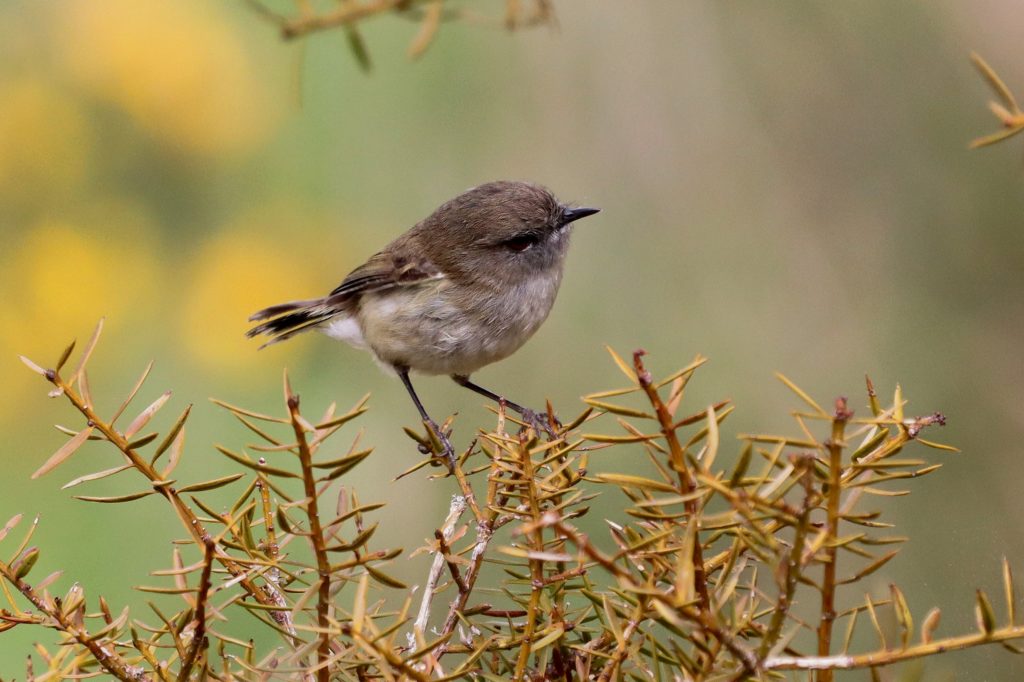
The report showed that our numbers are all trending in the right direction, with endemic birds such as korimako (bellbird) and riroriro (grey warbler) increasing and some introduced species decreasing as endemics take over.
What’s on the horizon for you guys?
With our Jobs for Nature funding coming to an end (which contributes to the wages of seven staff members), our horizons depend on future funding.
We need to reduce our reliance on public sector grants, so we are developing a programme that includes trading, community fundraising and private sector sponsorship.
Our growth will continue for as long as it is deemed manageable from a volunteer and financial perspective.
Because it certainly won’t stop due to a lack of passion from the people of Picton.

